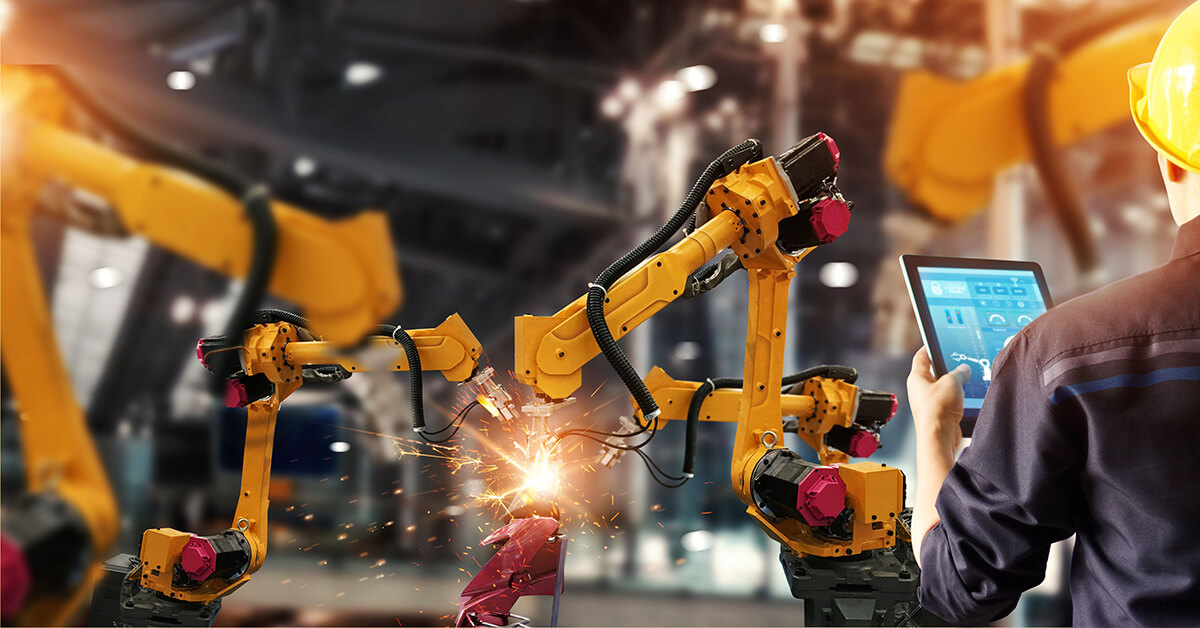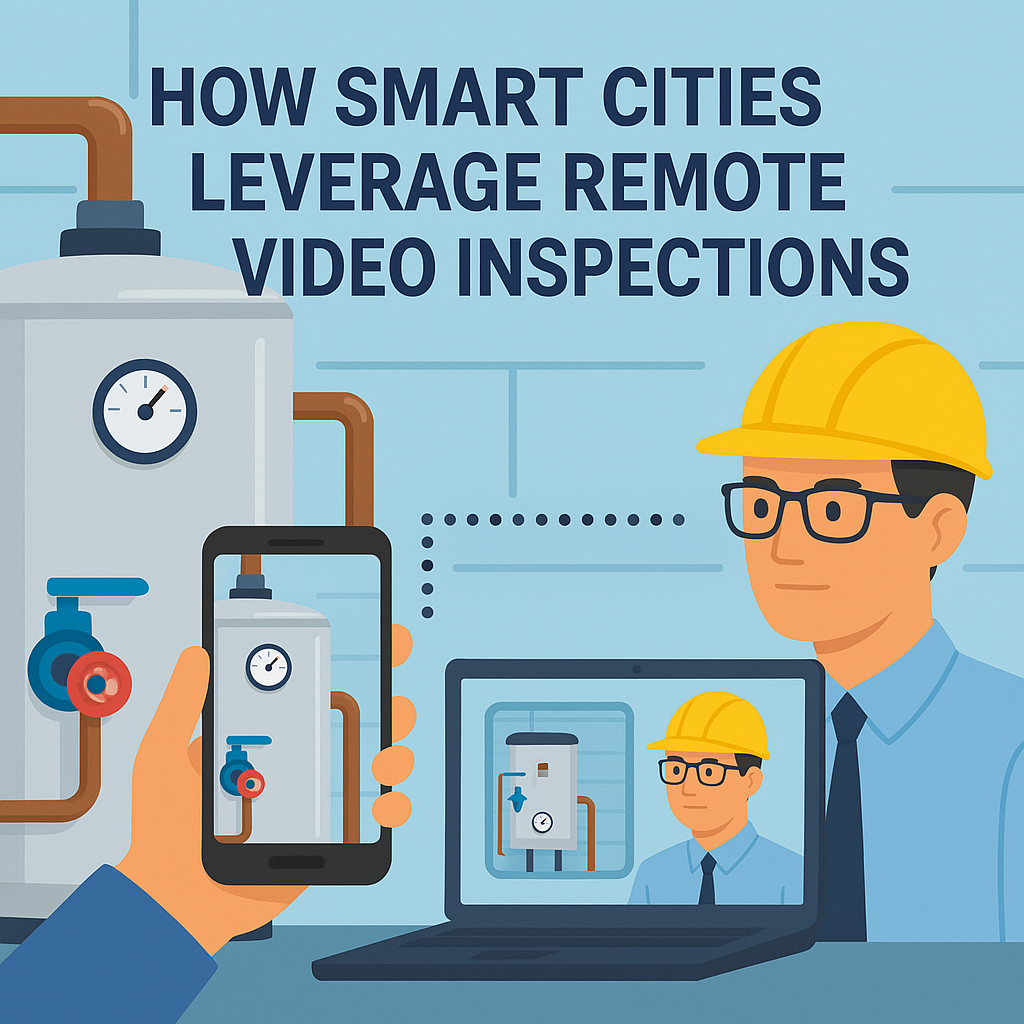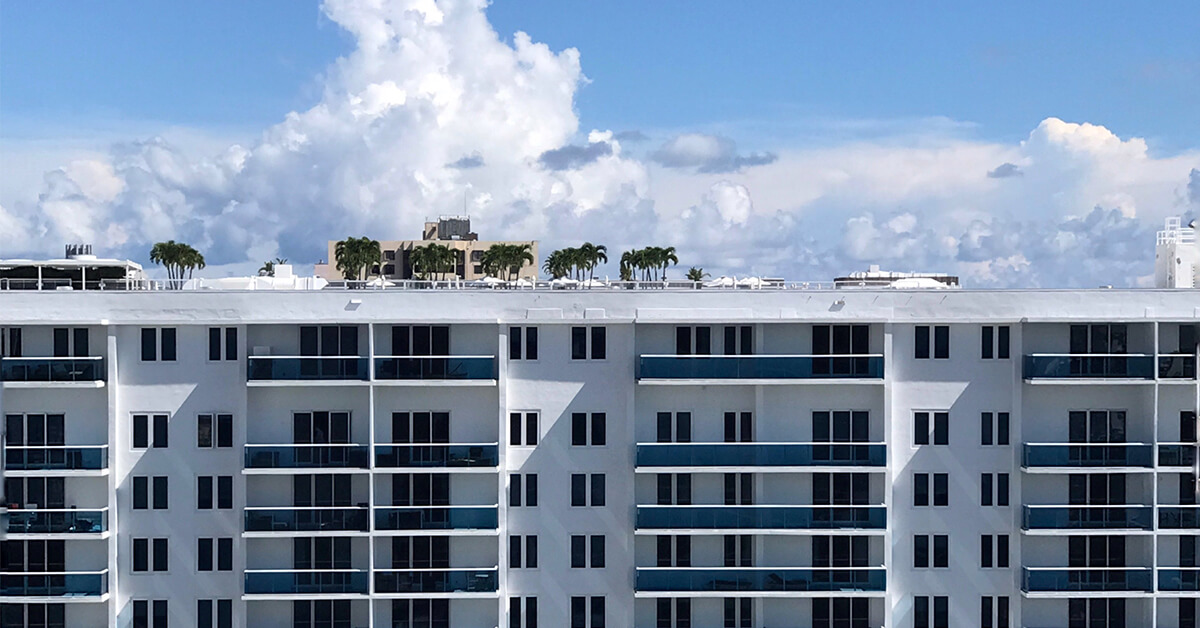4 Ways Remote Video Inspection Can Transform Your Business
Many insurance adjusters, warranty businesses, and building inspectors are seeing their margins get thinner and thinner these days. The costs of performing inspections (gas, labor) are up, COVID protocols add new expenses and delays, and customer expectations are higher than ever.
If you’re feeling the squeeze, you’ve probably heard about remote video inspection tools and wondered whether they can help. The short answer: they can. But the wrong tool can actually make things worse for your business.
Here’s what you need to know to choose a solution that will make life better for you, your customers, and your bottom line.
Background: What to Look for in a Video Inspection Solution
What you don’t want from a remote video inspection tool is something that creates a terrible customer experience: an app that a homeowner or site employee has to download, for example, that takes fifteen minutes to launch. Or a tool that keeps glitching when the WiFi is spotty. Or one that was designed for meetings and doesn’t let you take notes or screenshots or get close enough to see what you're supposed to be looking at.
To enjoy the benefits that video inspection tools promise, you need a solution with all of the following:
- Convenience: For both inspectors and customers, video inspections are more convenient than in-person inspections. Because they don’t have to travel between locations, inspectors don’t have to block four-hour windows – and customers don’t have to wait around for hours. When the appointment time comes, inspectors can handle the inspection from wherever they are, as long as they have WiFi or a cellular signal. As a bonus, setting up and learning the software takes only a matter of minutes.
- App-free access: Users should be able to launch the tool in seconds, from a phone or tablet, via an SMS invite, without downloading anything.
- Smart tech: Beyond offering quick accessibility, the solution should be smart enough to optimize the experience – e.g., by adjusting bandwidth use when it detects a weak signal.
- Markup capabilities: Remote inspectors should be able to draw arrows, circle things, and otherwise interact with what they’re seeing, so the person holding the camera understands what they need to do to provide enough information for a thorough inspection.
- Text extraction: Optical character recognition (OCR) should be available to pull serial numbers and more.
- Ability to bring in additional experts: Adding a user to a call should be seamless and fast so that if an inspector needs input from a specialist, they can get it in real-time.
- Complete, automated documentation: Everything that happened on the call should be reviewable.
- Streamlined reporting: When everything is recorded, creating reports should be seamless – any tool that doesn’t offer this step costs reporters and auditors hours it should save them.
Those are the baseline features any remote inspection tool should offer. Now let’s take a look at what those features enable.
A Thorough Job Well Done – Remotely
People in the business of inspections and audits must be thorough. Whether you’re inspecting a building for safety or a property for insurance damage, getting it right the first time matters. Your work affects the safety and wellbeing of real people every day.
To enable you to do a good, thorough job, video inspection technology must deliver two things:
- The ability to accurately see and respond to what you’re inspecting
- A pleasant customer experience.
When a remote video inspection tool has the features outlined in the section above, both of these things are possible. The inspector running the inspection or audit sends a text to the employee on site and knows that the video will launch quickly and deliver a clear view of what needs to be inspected.
Once the video launches, they can zoom in, make notes, and call in a second set of eyes if necessary.
When the inspection is over, they have thorough documentation of every action that happened during the call. In other words, the right remote video inspection tech lets auditors and inspectors deliver the kind of work quality they’d deliver if they were on site.
But because they’re not on-site, their employer enjoys several advantages that aren’t possible when orgs rely on in-person inspections – more on those below.
More Efficient Team Training
Because auditors and inspectors are conducting inspections remotely, they can attend more inspections than would be possible if they had to drive from site to site. This means they can work with – and help train – more on-site employees.
At a time when building inspection is facing a retirement crisis, that’s a huge advantage. Technology that makes it possible to distribute the expertise of experienced inspectors makes the work of training the next generation much more feasible.
Time Savings
The further apart inspection sites are from each other, the fewer inspections you can do per day. In the time before remote video inspection tools, this was a rigid limit on an organization’s ability to increase earnings.
That limit disappears when inspectors and auditors are empowered with remote video inspection equipment.
What’s more, when you can use the time of your most experienced – and highest-paid – team members to do only their highest-value work, you’ll save money.
Reduced carbon footprint
Whether your in-person inspectors are whizzing from site to site on clear highways or idling in city traffic, they’re using a lot of fossil fuels to get from job to job. This is another area where adopting remote video inspection can help.
The top-line cost savings alone (in vehicle maintenance, insurance, and gas) may be enough to embrace a greener way of conducting inspections. But it can also have longer-term benefits: a recent study commissioned by WWF found that searches for sustainable products have increased 71 percent since 2016. What’s more, a 2019 study found that half of customers stopped doing business with a brand that violated their values.
The message is clear: brands that want to endure in an era of climate crisis need to demonstrate a commitment to not just doing good work but also doing that work sustainably.
Video Inspection Tools Enable Great Inspectors to Be Better
The work of auditors and inspectors is often invisible to those outside their industry. But it’s incredibly important work that keeps our world in good working order.
Still, it has become harder and harder to do that work well and profitably. Video inspection tools can help. Solutions like Blitzz Inspect empower experienced inspectors and auditors to do their work more efficiently, more cost-effectively, and just as thoroughly as they would in person.
Curious about what Blitzz looks like in action? Set up a demo.




